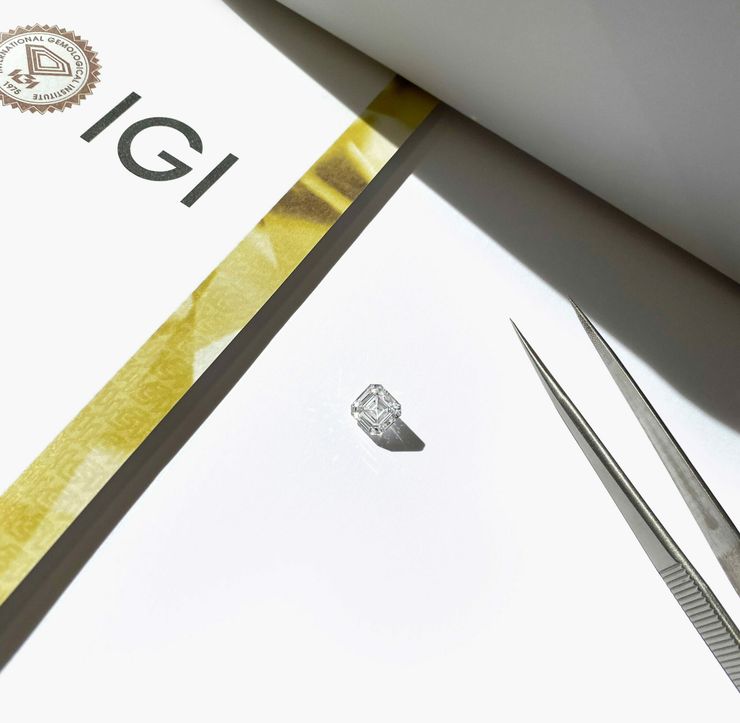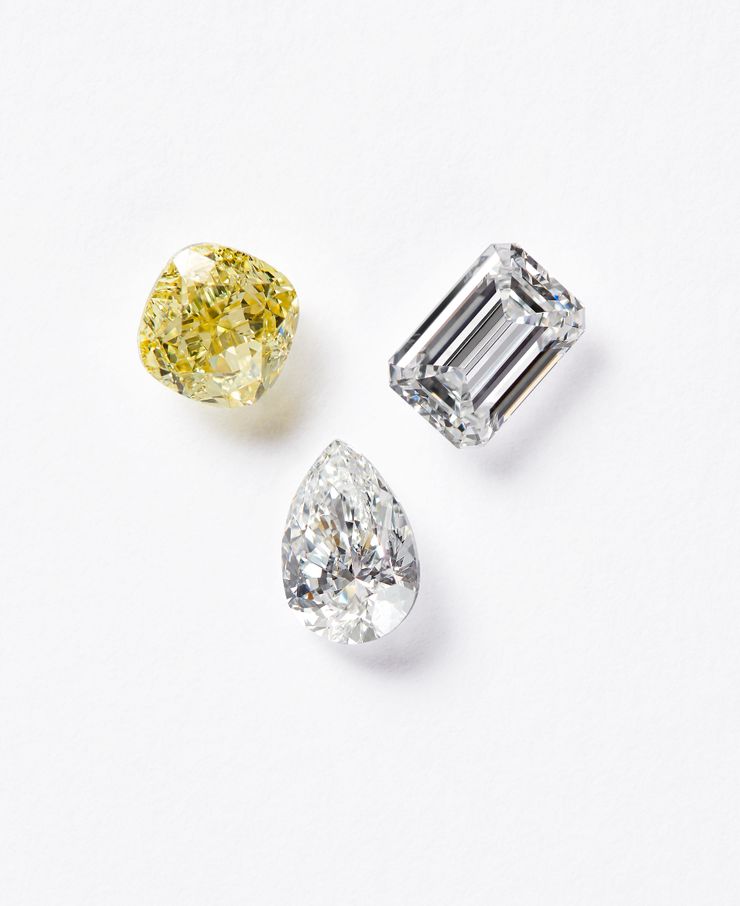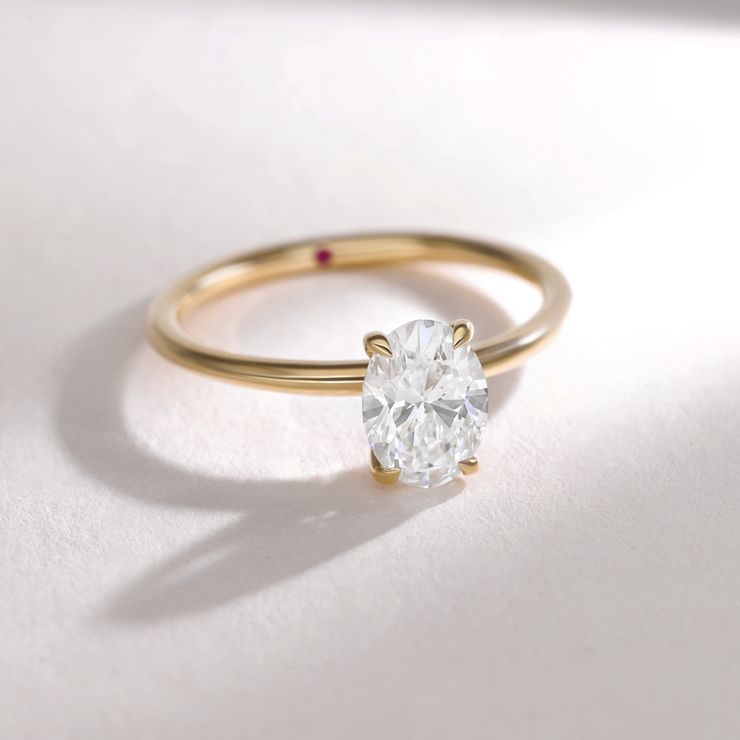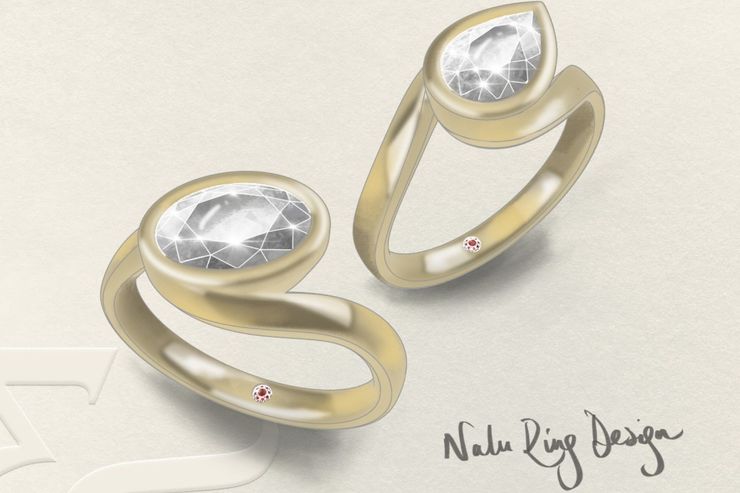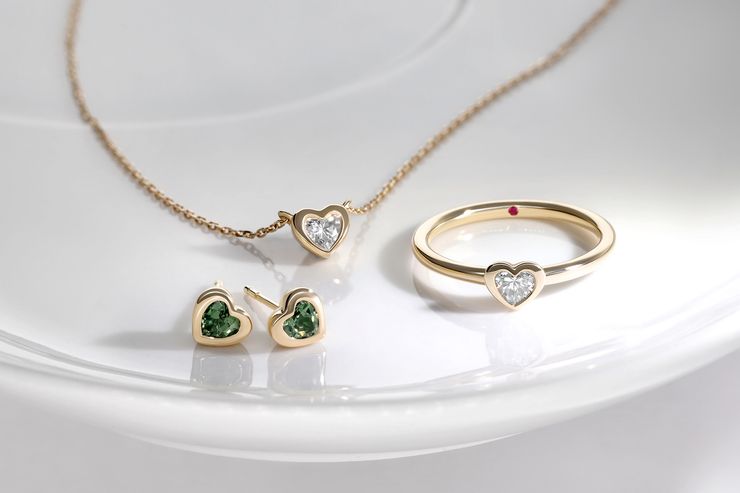Are lab grown diamonds real diamonds?
Yes! Sometimes a lab grown diamond is described as a ‘synthetic diamond’. However this terminology is somewhat misleading as lab grown diamonds have an identical chemical and physical structure as mined diamonds, and as such should only be distinguished by the means of their production.
This is especially true in comparison to other crystals such as cubic zirconia or moissanite which are well known diamond simulants or diamond alternatives. These crystals have a completely different chemical structure to lab grown diamonds and should only be seen as a diamond substitute.
Lab grown diamonds vs. earth mined diamonds
Compared to a natural diamond, a laboratory grown diamond is optically, physically, and chemically the same as an earth mined diamond. Lab grown diamonds, whether grown in with the HPHT or CVD method, have some key advantages compared to mined diamonds. Because of the high cost of mining and rarity of an earth grown diamond, man made diamonds are almost 40% cheaper than a natural diamond. Lab grown diamonds also come from a transparent supply chain and can be more ecologically sustainable, especially if grown with renewable energy sources.


